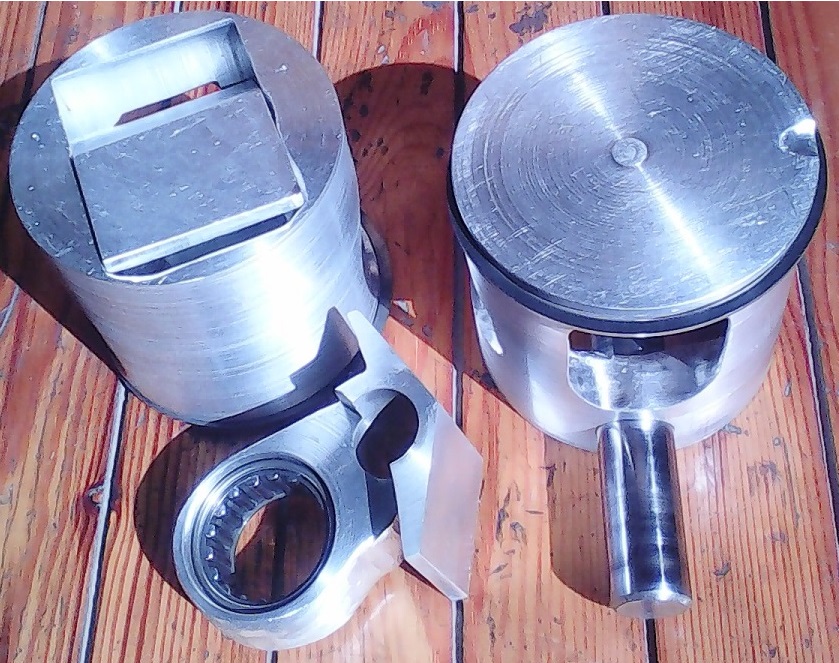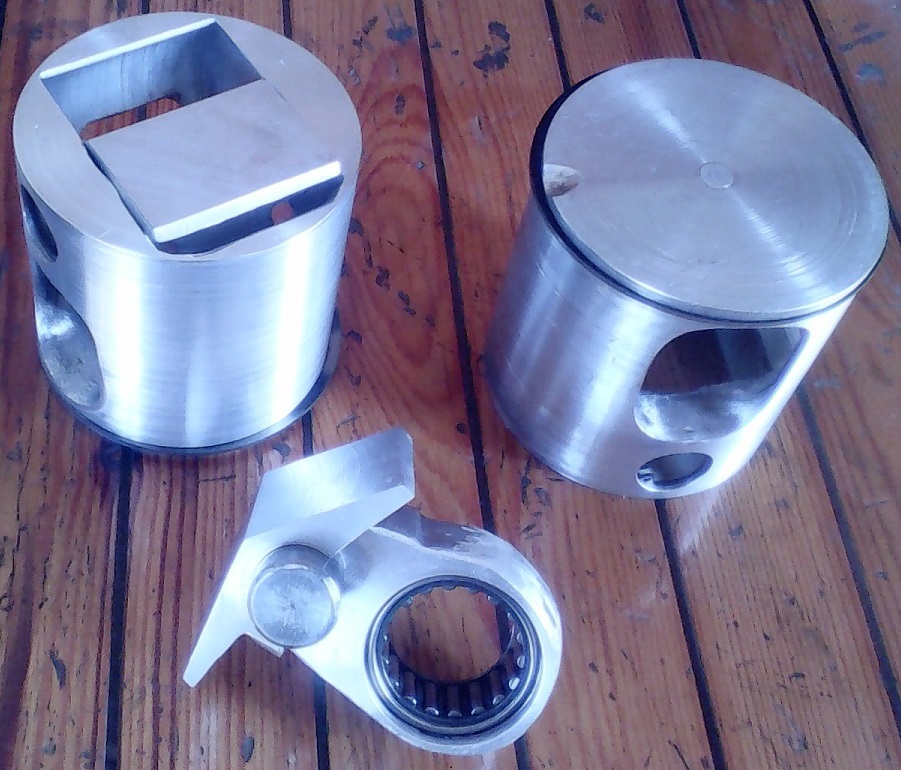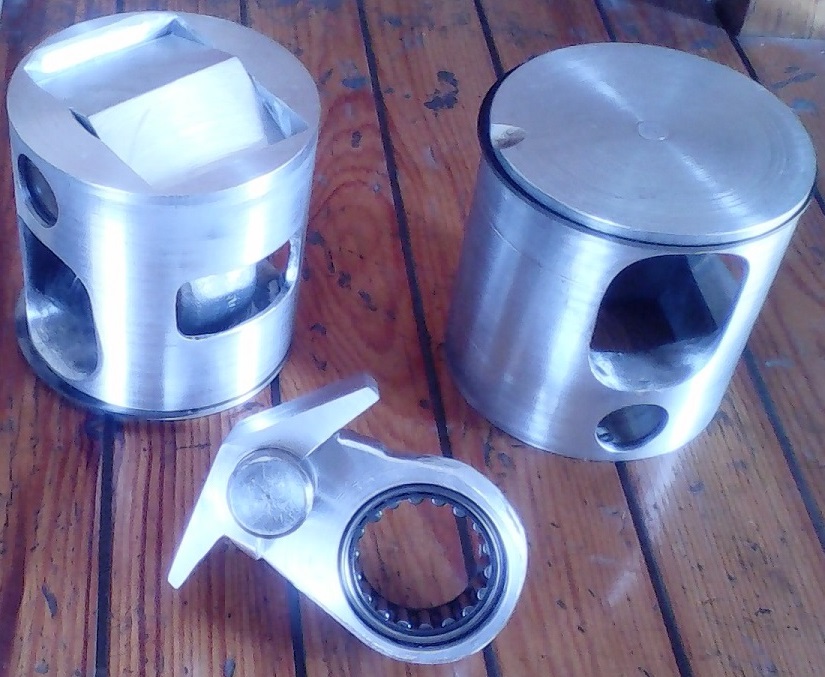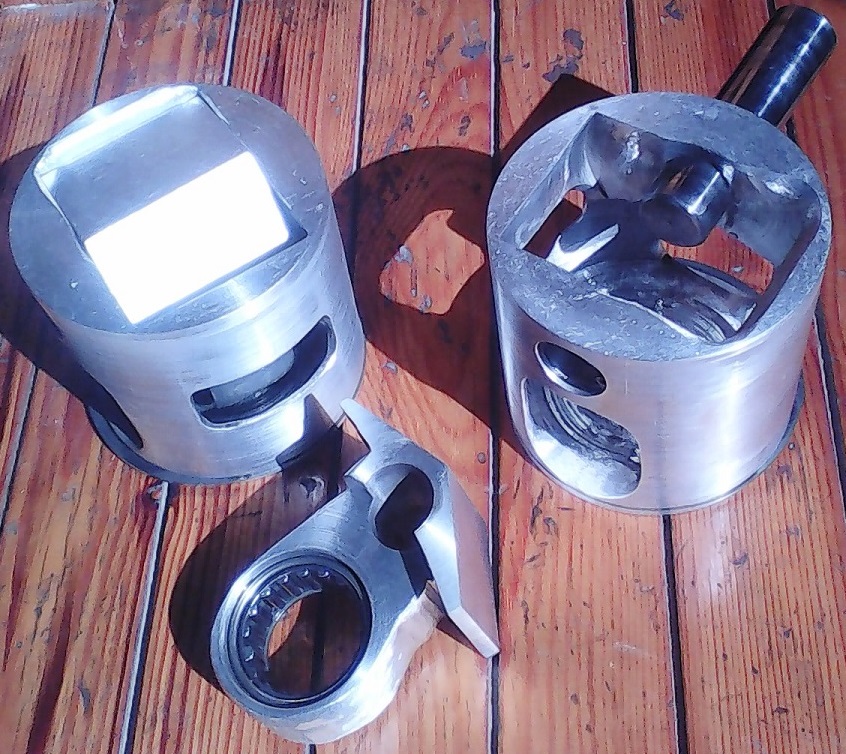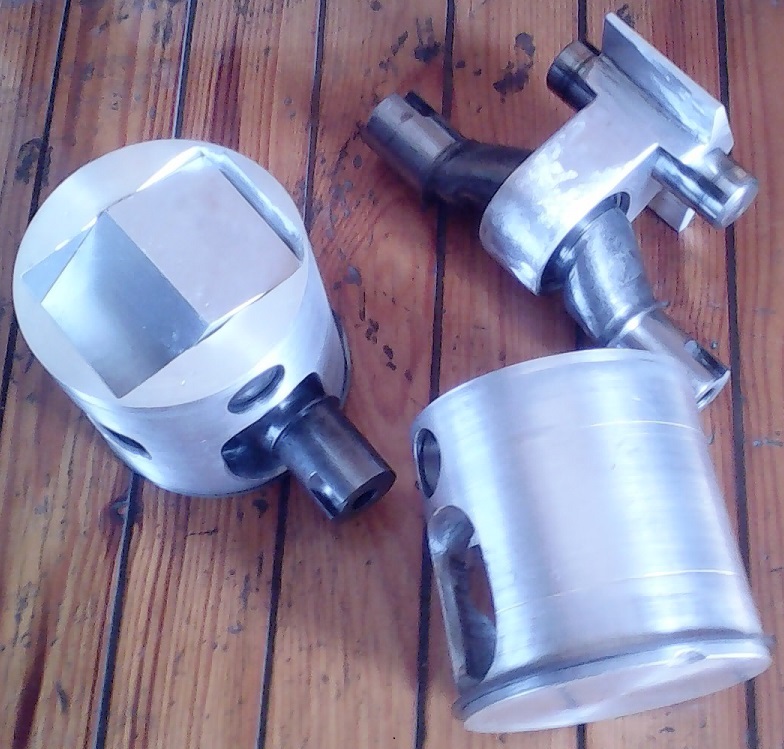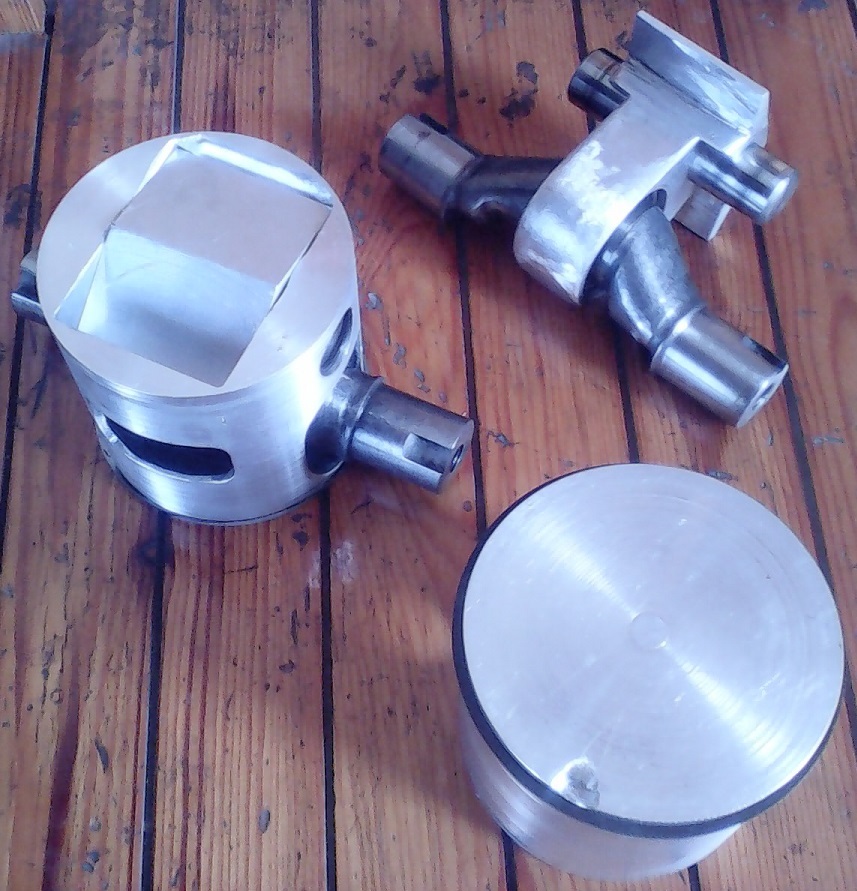Brilliant, as long as it does not unscrewJ.A.W. wrote: ↑01 Oct 2018, 01:00See here: https://www.youtube.com/watch?v=YEaE6BHyjzg
2-piece piston designed to reduce mass & improve dimensional-control/sealing - via even thermal expansion.
- Login or Register
No account yet? Sign up

